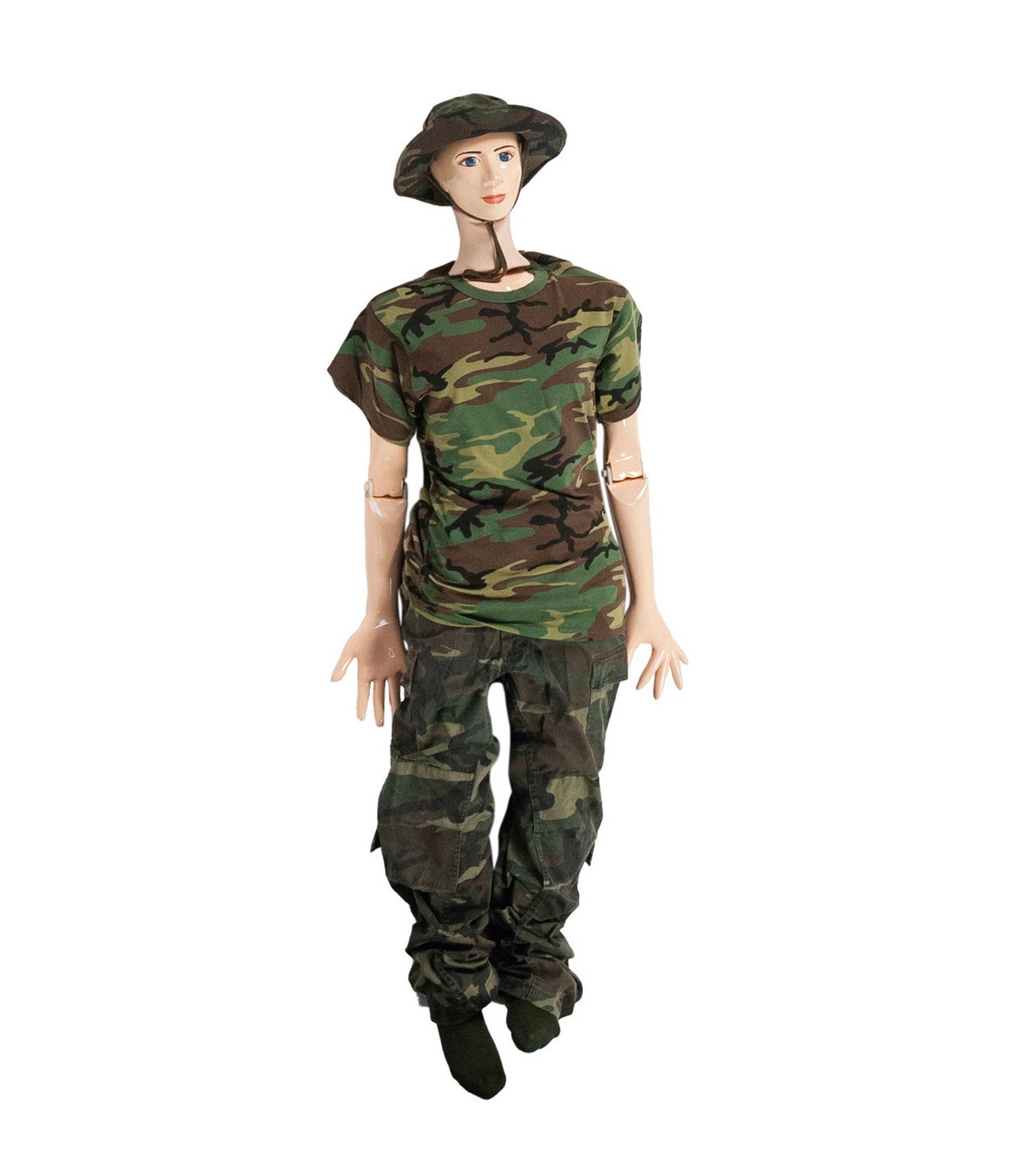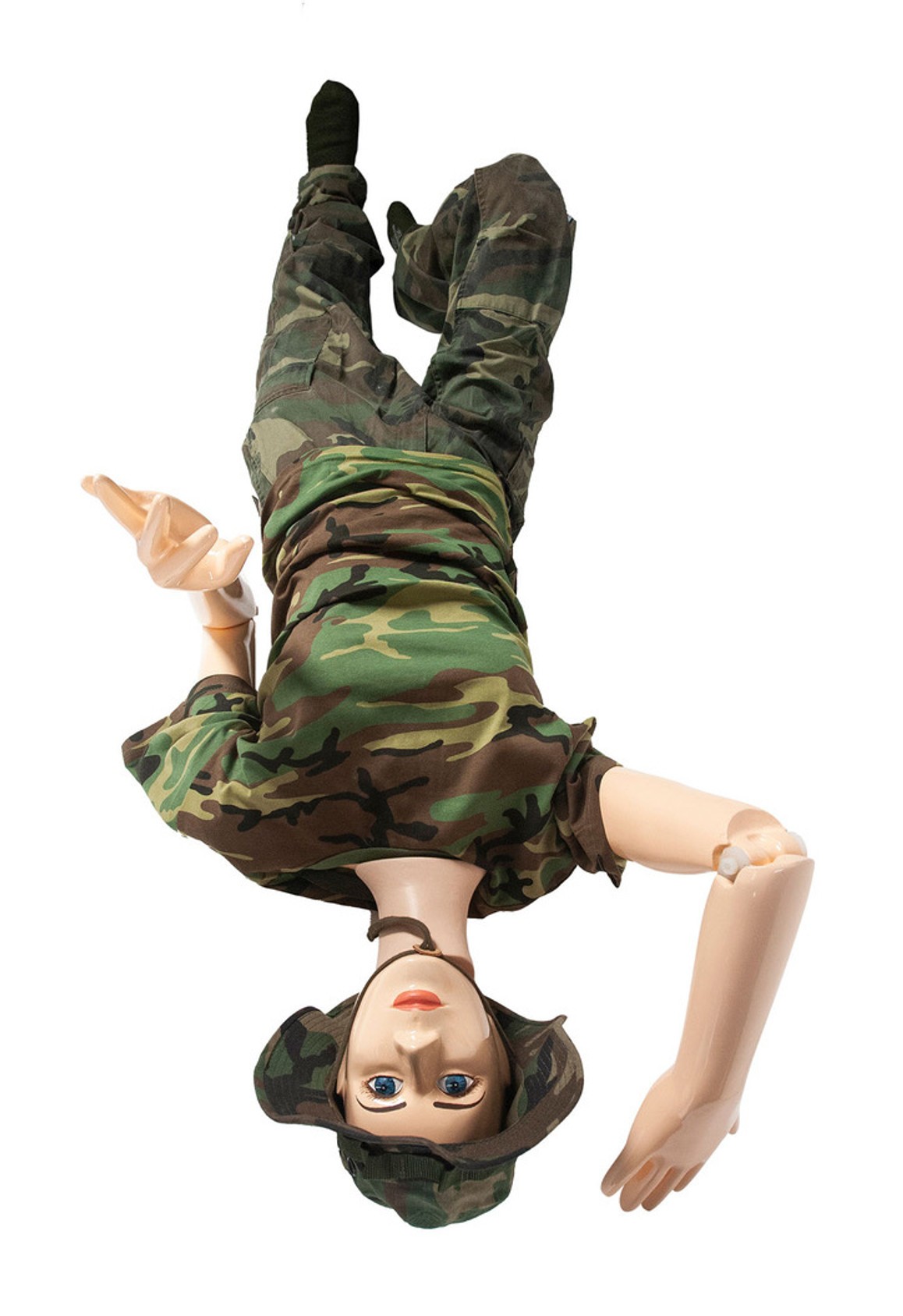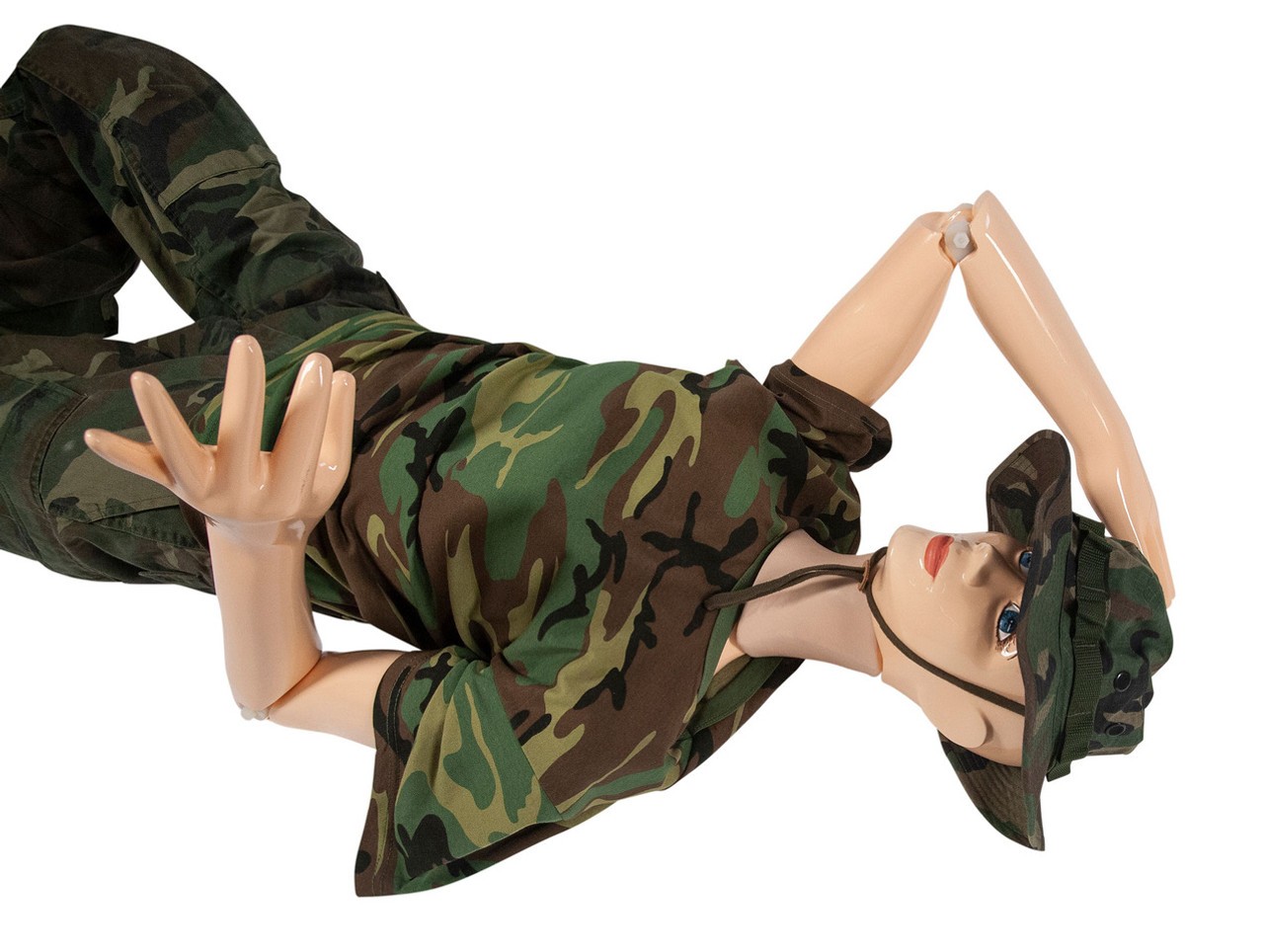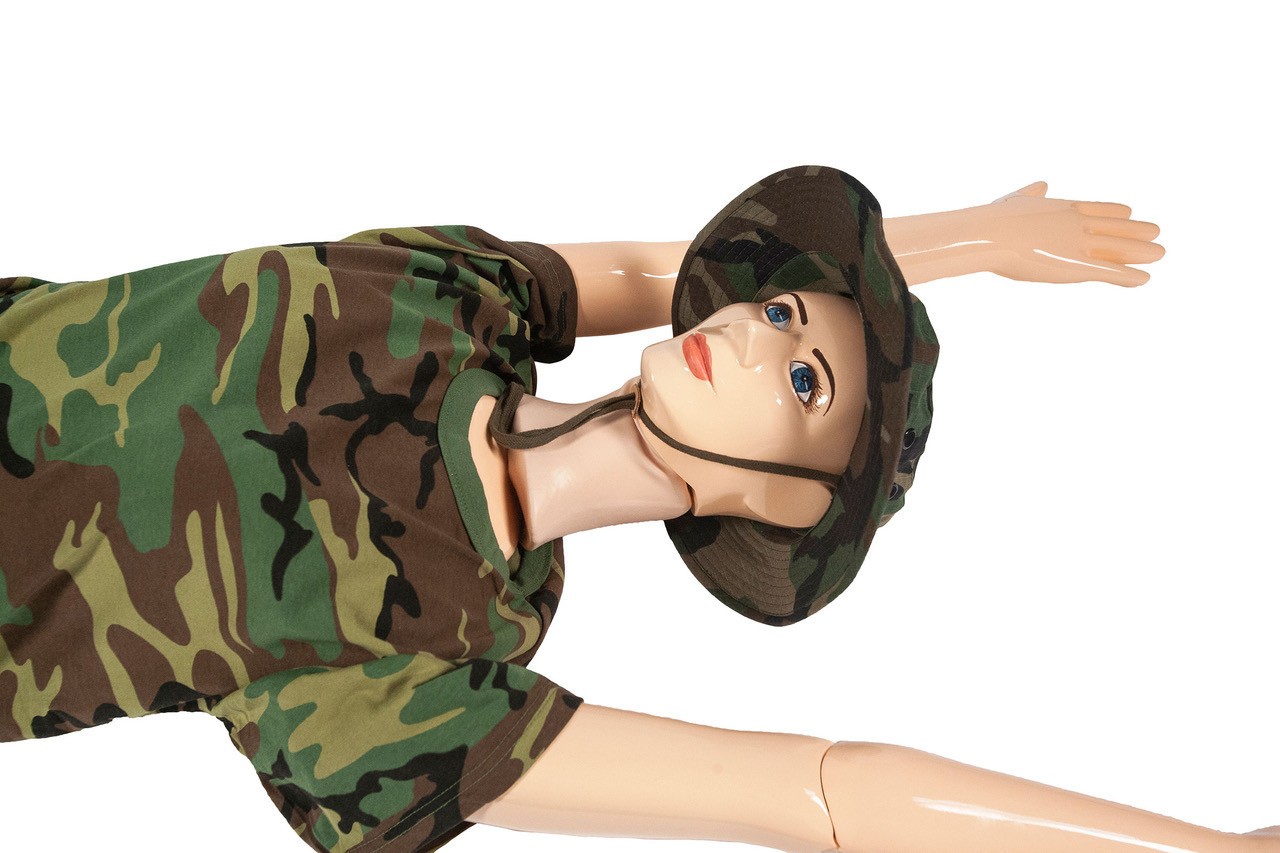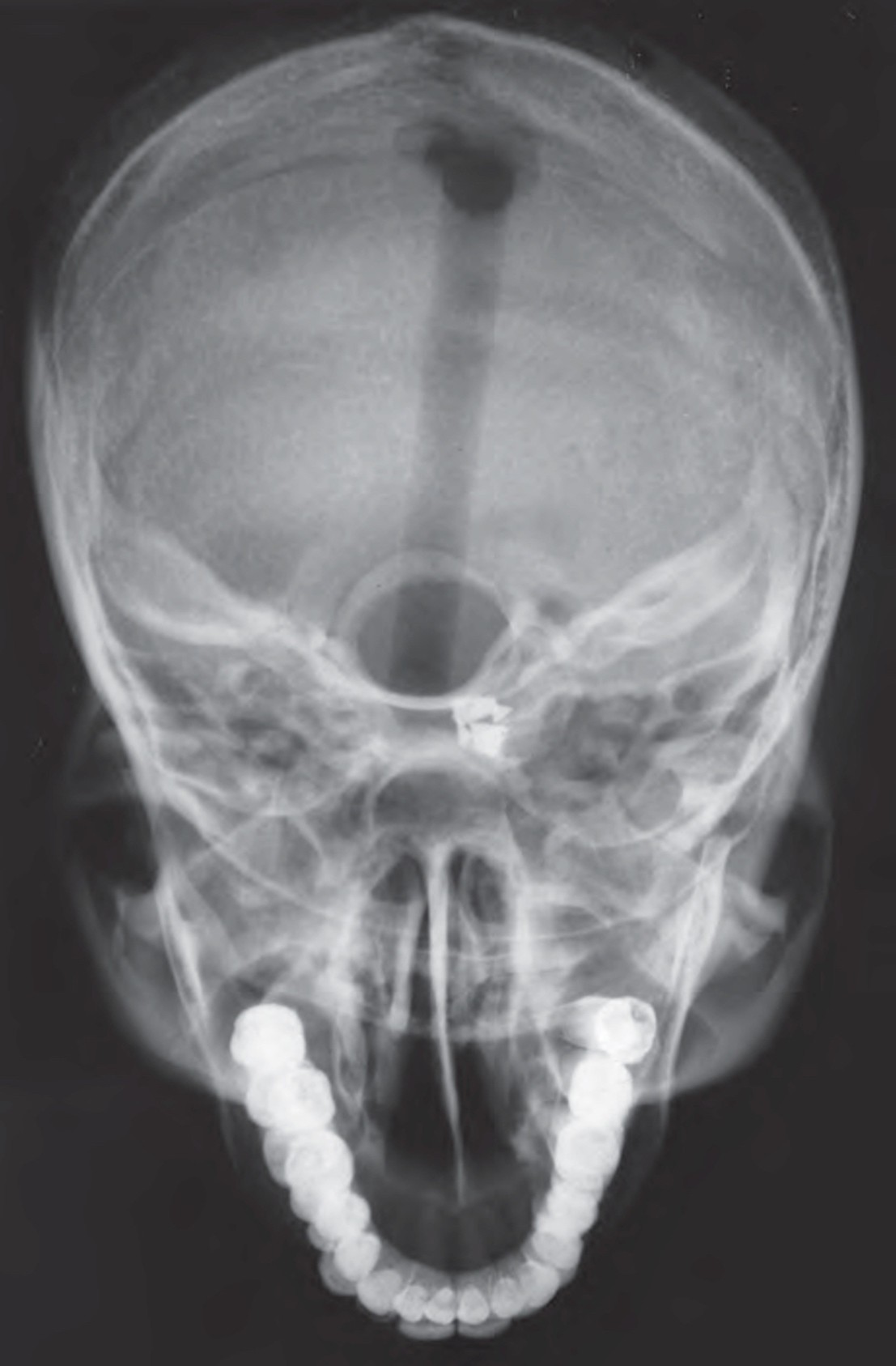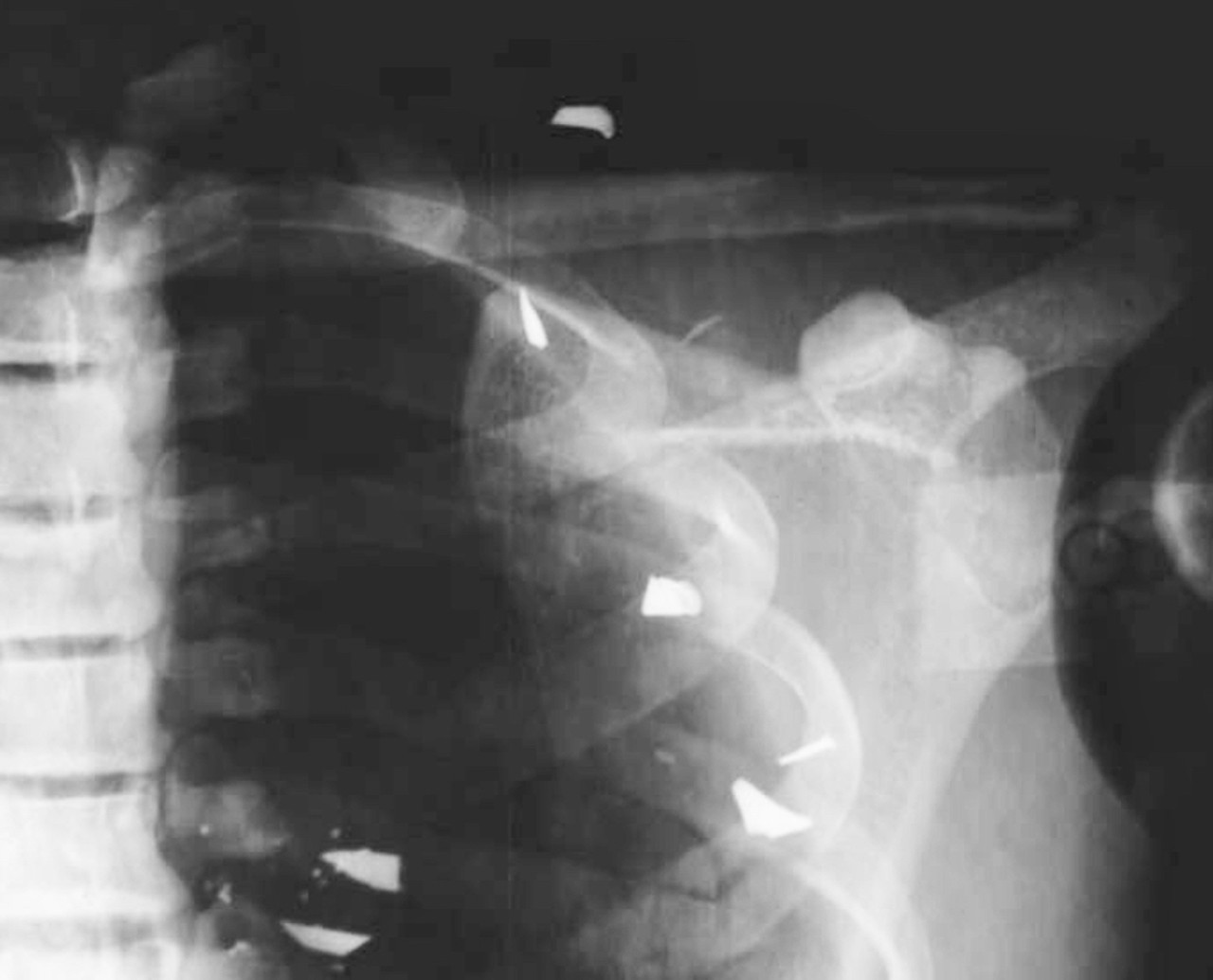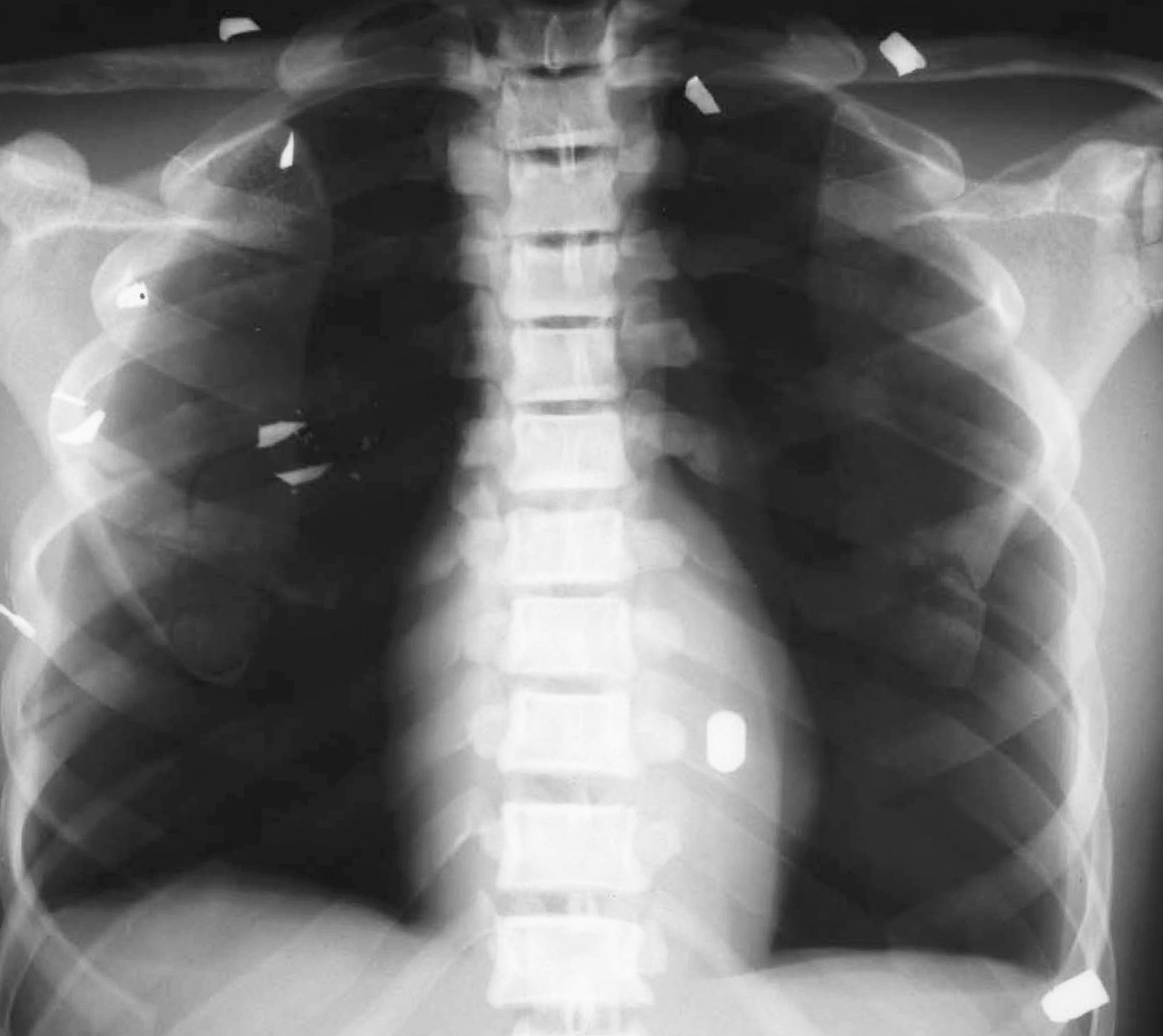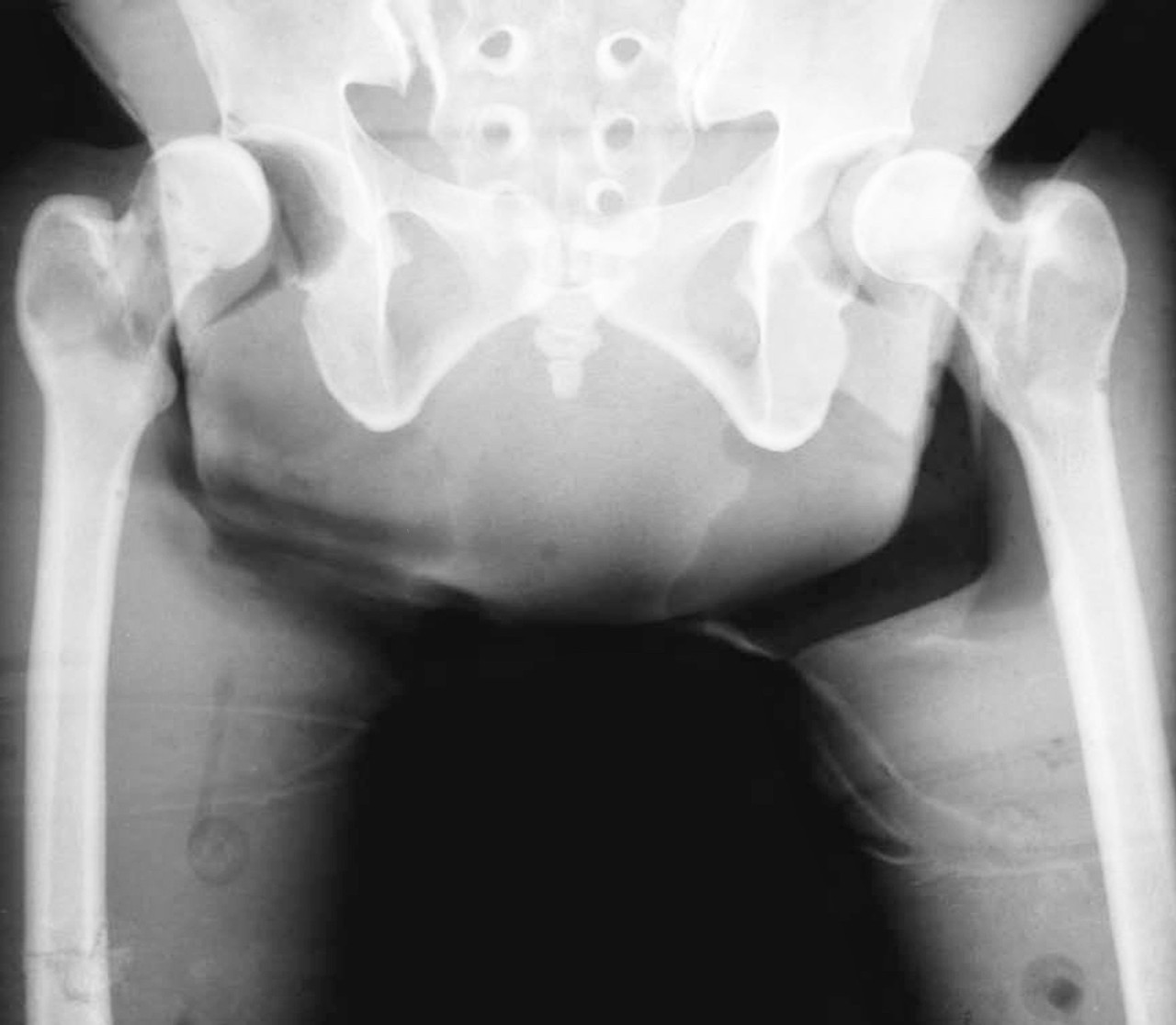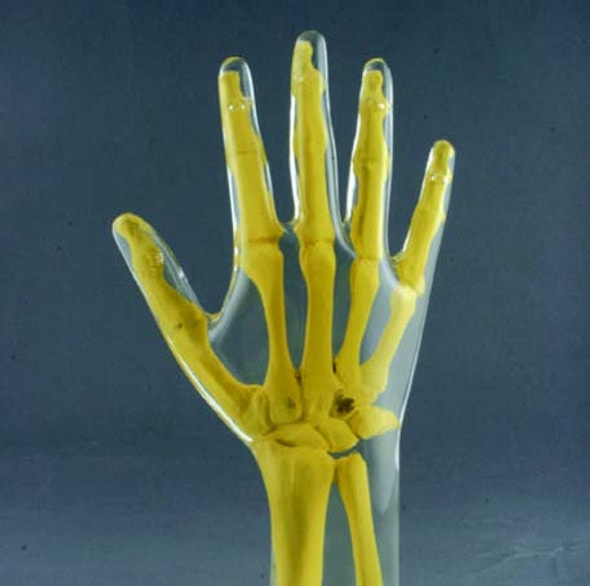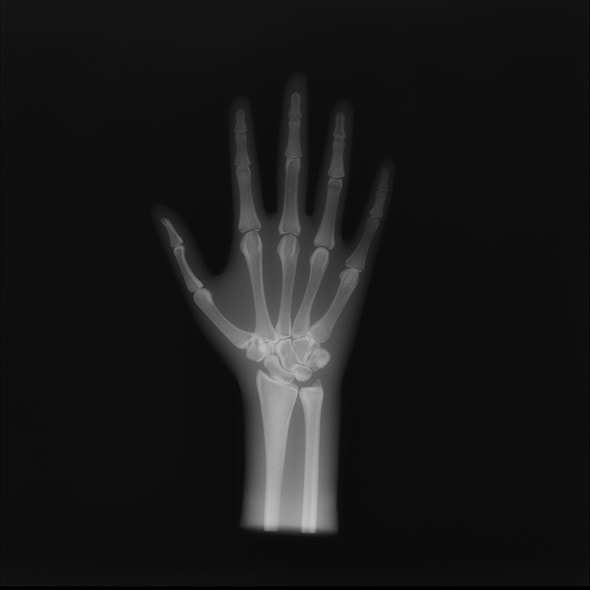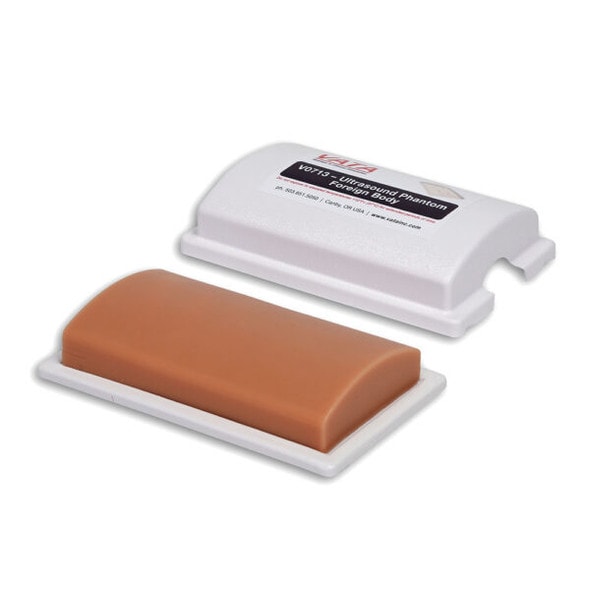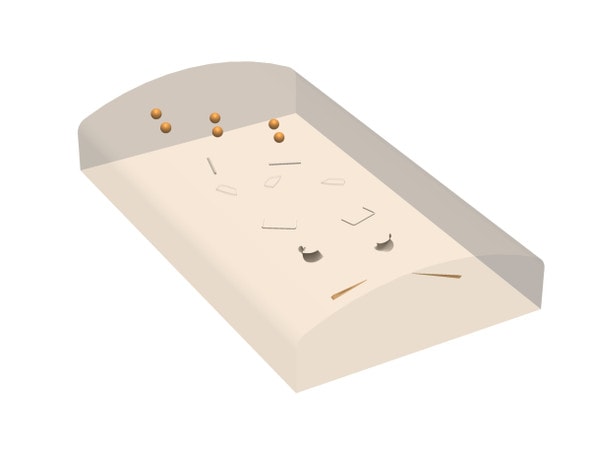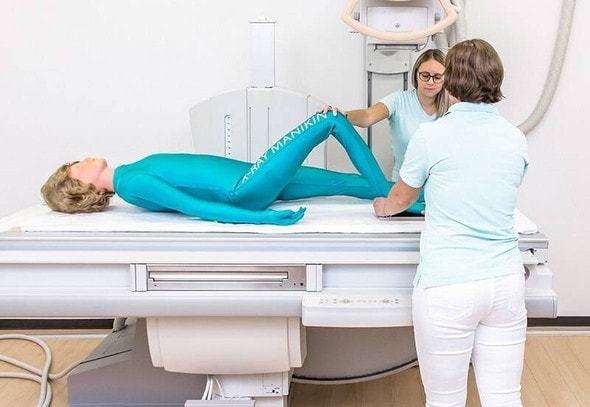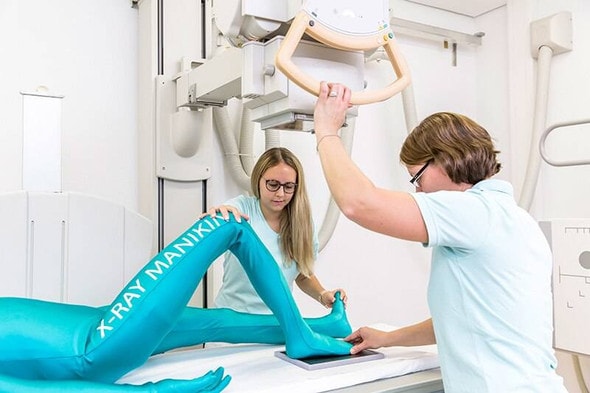- Home
- Medical Task Trainers
- Medical Imaging Task Trainers
- Damaged Debbie Anthropomorphic Body Phantom
Description
The concept of grouping many casualties in a teaching/training phantom originated by the Fleet Hospital & Operations Training Center in Camp Pendleton, California. Damaged Debbie was designed and constructed by RSD.
This phantom yields radiographs resembling those of a human body with human technical factors and limited artifacts, articulated to enable basic views to be presented, and with an appropriate level of human anatomy. Damaged Debbie is a well-balanced patient substitute for basic training of radiologic technologists, particularly in military or emergency room environments. RSD-manufactured skeletons are used instead of human skeletons to avoid issues like osteoporosis and long lead times due to unavailability. RSD skeletons have spongiosa moldings with marrow cavities and outer, cortical bone.
Damaged Debbie demonstrates and evaluates positioning and imaging techniques, including kVp, mAs, contrast, optical density, OFD and TFD. Their radiograph is optically equivalent to humans in density and contrast.
Debbie is a 5' 1" tall, 105 lbs., anthropomorphic phantom which teaches technologists that they will work with patients of all sizes and weights, this smaller adult-sized phantom is as valid as a larger phantom. This phantom has solid "soft tissues" that are hard and rigid, which means the phantom cannot be palpated to locate traumas, but the manual provides this information to instructors.
Applications
- Field trauma & ER evaluation of technologist performance
- Teaching & training of patient positioning
- Image quality
- Diagnostic radiology
- Dosimetry verification
- Protocol verification
Modalities
- CT
- X-Ray
- Fluoroscopy
Anatomy
- Shoulders have ball and socket joints
- Elbows and knees flex 90° to 100°
- Broad range of positioning capabilities
- Debbie features fractures of the left shoulder and left hip plus arm and leg traumas on the right side

